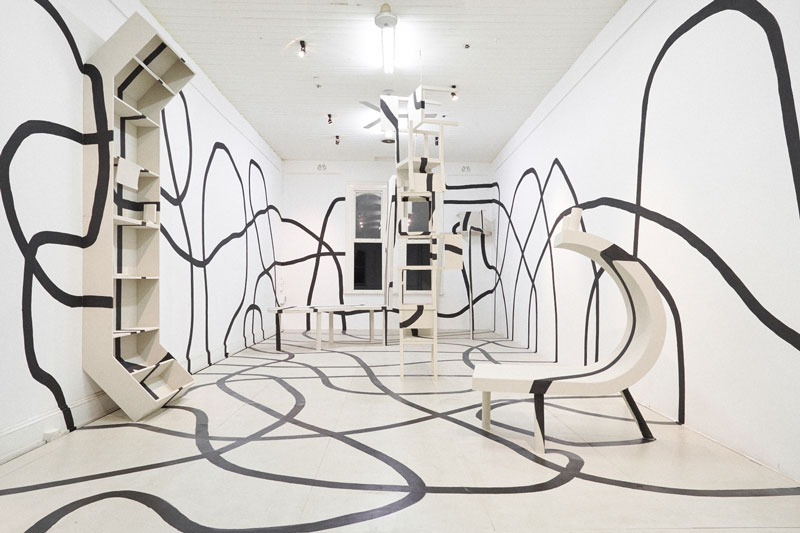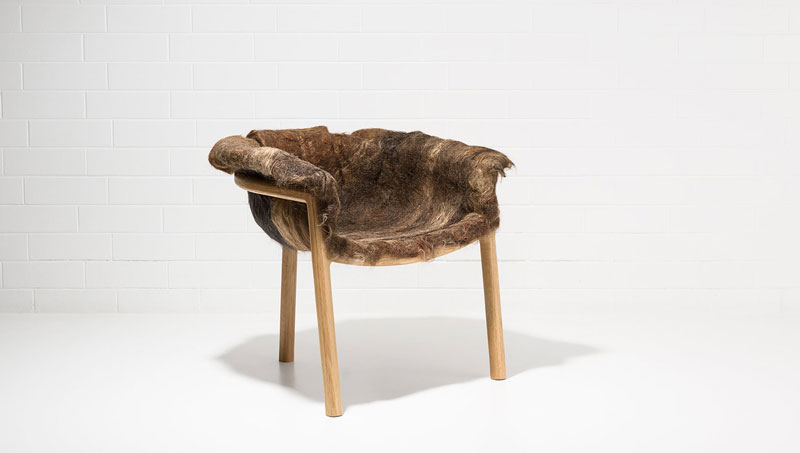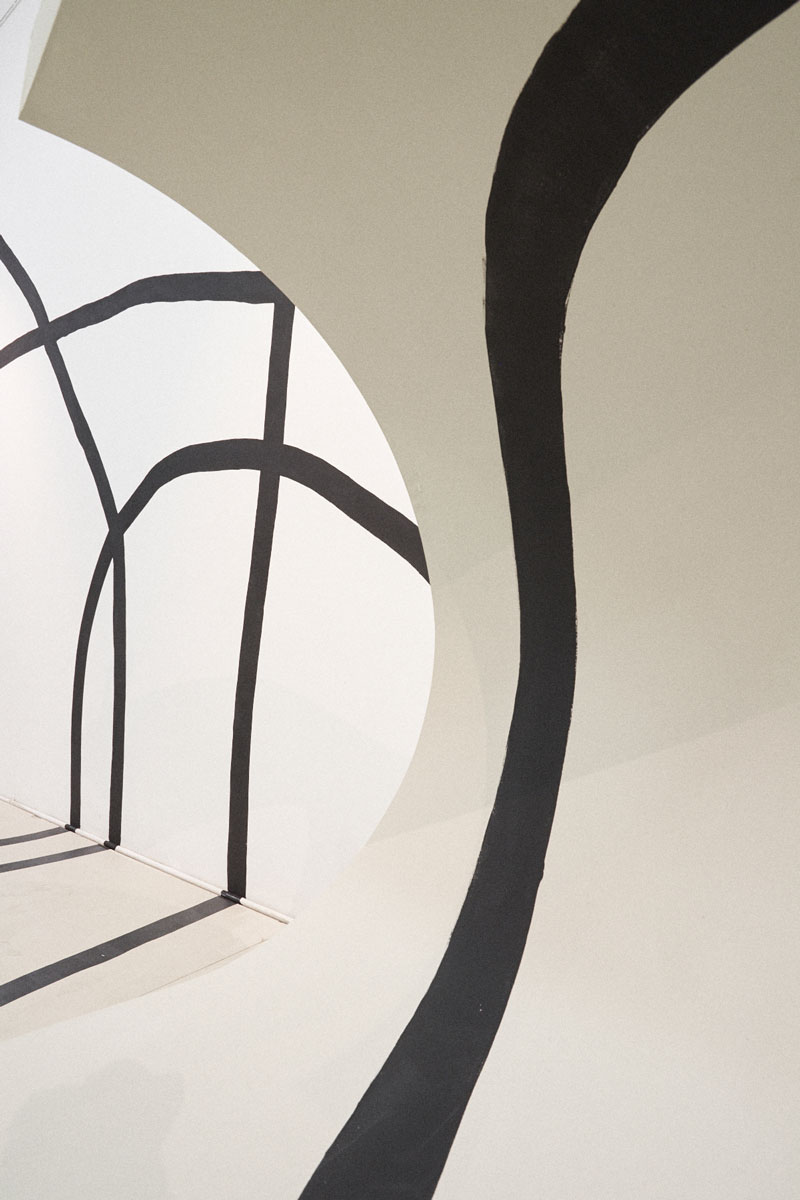
American-born furniture maker Madeline Isakson relocated from San Francisco to Adelaide’s JamFactory in 2015. This became the occasion for taking the tentative first steps outside the realm of furniture design to “embrace the weird”, as suggested to Isakson by Susan Cohn.
This was most effectively realised through her standout piece in the JamFactory graduate exhibition Generate – a chair made almost entirely out of human hair. Aptly titled Samson, the chair examines the power of hair in response to contemporary standards of beauty, its sensuality when flowing from the human head and abhorrence when detached from the body or in places deemed unseemly. Implicit in the work is the artist’s interrogation of design’s demand for functionality: you can sit in the chair but the experience is not appealing, nor would it be comfortable. Samson resonates with Meret Oppenheim’s shrewd Object – a fur-covered cup, saucer and spoon from 1936 now residing in the Museum of Modern Art in New York. The femininity of the small, concave object covered in fur has been read as commentary on the prevailing masculinity of sculpture. As the only woman in a studio of men, Isakson takes on Oppenheim’s vernacular to counter the hard material and lines conventionally adopted by her peers.

Like Samson, In Plain Sight plays with our perception of the way furniture (and a furniture maker) should behave. The immersive installation occupies the entire upstairs gallery space of artist-run initiative Format in Adelaide. The room is populated with ergonomic and functional outliers: interlocking chairs are stacked top-and-tail from floor to ceiling, a table lifts its legs to bend back on itself, a bookcase peels away from the wall, tipping the books from its shelves. A singular black line bends and weaves across the floor and over the objects and walls, compelling the viewer’s gaze dizzyingly through the space.
The furnished space is at odds with functional life. There is nowhere to sit, no stable place to put down our drinks. The interlacing line-work attempts to disguise the outsiders, but acts only to accentuate their contradictory figures and juxtapositions. Isakson employs camouflage, the pattern of paradox, to hide, reveal and confuse forms as surface subterfuge. Andy Warhol adopted the motif in his self-portraiture as it appealed to his interest in both abstract expressionism and hiding his true self. By employing bright and varied colours, he removed the military connotations but retained the notion of concealment. Like Warhol, Isakson uses camouflage to trick the eye, subvert reality and disguise elements of the self. The artist invites her audience to share her paradoxical desire to both hide and be seen. The noncompliant furniture, too, is drolly self-referential: a declaration of Isakson’s discomfort with the balancing act between institutional conformity and experimentation.
In Plain Sight takes its place in the long line of investigations into the binary between art and design that can be traced back to twentieth century icons Frank Gehry, Isamu Noguchi and Frank Lloyd Wright. The installation is a play on form and function that stems from the artists attempt to find a “balance between two worlds”, offering alternate ways of viewing artistic expression and meaning in furniture design. Isakson’s approach to objects is a marriage between a skilful engagement with the formal qualities of her medium and the exploration of deeply human concerns. In this way, the deftly formed curve of the coffee table may demonstrate exceptional skill with the lathe, but for Isakson, the idea has become the machine.













